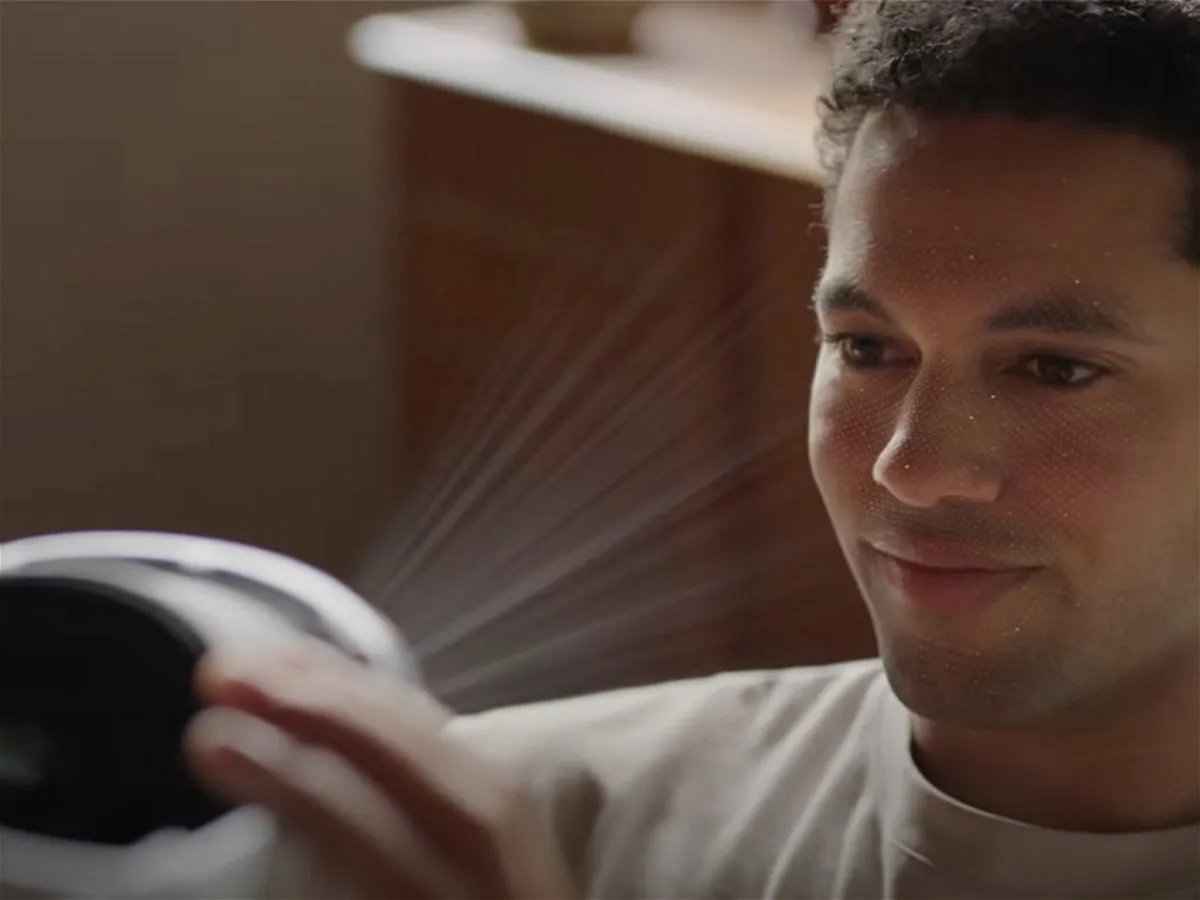Ancient life on Mars? Maybe, maybe, maybe. But this would require a more detailed study. is a brief message of PotIt revealed on Thursday, July 25 The Perseverance rover discovered a rock containing evidence of organic molecules and with puzzling signs, if found on Earth, consistent with past biological activity.
The announcement came with some caveats. Organic compounds can be of biological or non-biological origin, NASA scientists emphasized. Rocks from Mars have fooled scientists in the past.
But they're excited about this vein-filled rock they've named “Cheyawa Falls.” NASA took the sample on July 21 at the edge of an ancient, wide river valley carved by rushing water in Jezero Crater. Before Mars lost its atmosphere and surface water It became a cold, dry world with dust storms and no sign of life.
“We can't say right now that we've discovered life on Mars,” said Project Associate Scientist Katie Stock Morgan. “But what we are saying is that we have a potential biological signature, a set of characteristics that have a biological origin, but that requires more studies and more data.”
The reddish rock is covered with white spots called “leopard spots”. The spots are created by chemical reactions typically associated with biological activity on Earth, Stock Morgan said. “If this kind of system is found on Earth, there will probably be life,” he said. “At the same time, these are chemical reactions that don't require life.”
The rover is traversing an ancient river delta in Jezero Crater, taking rock and soil samples as part of an ambitious but troubled Mars sample return mission. Cheyawa Falls is an arrowhead-shaped rock that measures 3.2 feet (91 cm) by 2 feet (60 cm) and is named after a waterfall in the Grand Canyon, according to NASA.
The rover picked up a rock sample, the 22nd ever obtained. The general plan was to send another spacecraft to the surface of Mars, where the Perseverance would carry samples. The new lander will be placed into orbit, where it will be transferred to another spacecraft provided by the European Space Agency for the return trip to Earth.
But fears of cost overruns and delays have cast doubt on whether NASA and its European partners can finish the job. In 2020, a study group Returning samples to Mars is estimated to cost between $3.8 billion and $4.4 billion. A review last year raised that estimate to $8.4 billion to $10.9 billion, with samples not expected to return to labs on Earth until the 2040s.
NASA officials have said that this is unacceptable. At the beginning of this year they allocated a very small budget for the work. They asked NASA's Jet Propulsion Laboratory and outside contractors to propose new mission structures that could reduce cost and operational risk.
Andrew Steele, an astronomer at the Carnegie Institution for Science who is part of the Perseverance Science team, said the rover lacks the advanced technology needed to determine whether specks and organic molecules are of biological or non-biological origin.
But the rock environment, presence of organic matter and surface properties are concrete and Make Cheyawa Falls the most important specimen ever obtained, he said.
“It ticks all the boxes,” Steele said. “It's a very interesting chemistry with concentrations of iron and phosphate. It shows water activity. “It's a great place to live.” He's excited to see new rock up close on Earth.

:quality(85)/cloudfront-us-east-1.images.arcpublishing.com/infobae/7TXNTX4Z6ZADNGBBYTUT45QETM.jpg)

:quality(85)/cloudfront-us-east-1.images.arcpublishing.com/infobae/3PS3SJMCCVGVDG2HMMSHZU52XM.jpg)
:quality(75)/cloudfront-us-east-1.images.arcpublishing.com/elcomercio/5BH4JYKVRZHHPFW6O7XG67LJIA.jpg)
:quality(85)/cloudfront-us-east-1.images.arcpublishing.com/infobae/FR2SVH72MNCMLGVCQTODJSIHRM.png)